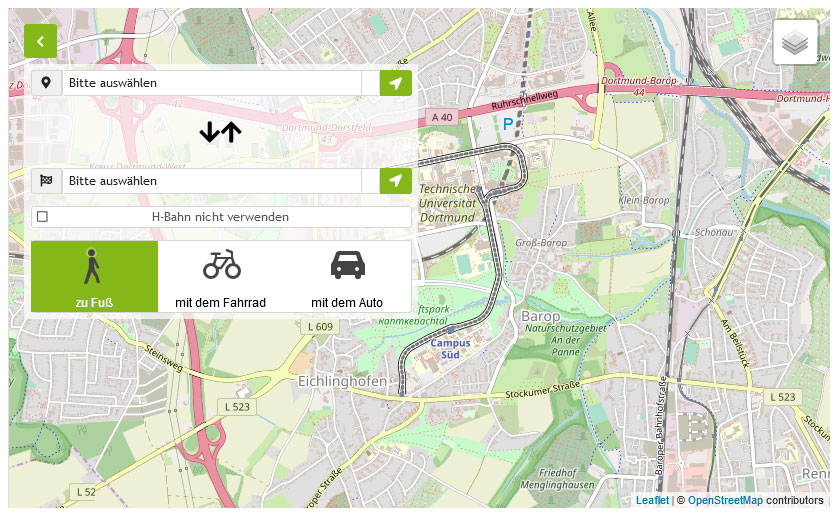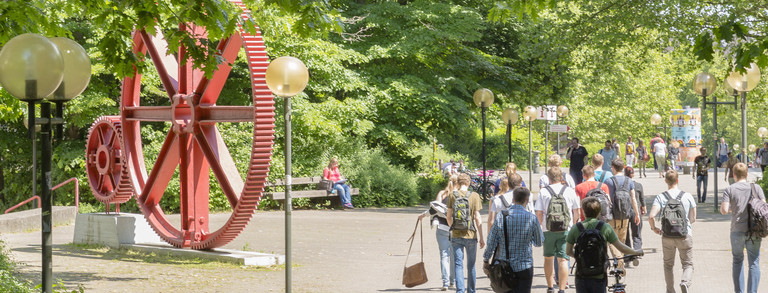Completed dissertations
- Julia Duda, Modeling approaches for dose-response data in toxicology, Dissertation, 14.03.2024
- Lars Koppers, Statistische Methoden zur Validierung von Inhaltsanalysen, Dissertation, 01.12.2023
- Franziska Kappenberg, Statistical approaches for calculating alert concentrations from cytotoxicity and gene expression data, Dissertation, 23.03.2021
- Andrea Bommert, Integration of feature selection stability in model fitting, Dissertation, 20.01.2021
- Rudolf Jagdhuber, Modeling with feature costs under a total budget constraint, Dissertation, 28.10.2020
- Jakob Richter, Extending model-based optimization with resource-aware parallelization and for dynamic optimization problems, Dissertation, 16.09.2020
- Salome Horsch, Statistische Analyse von MCC-IMS-Messungen, Dissertation, 15.06.2020
- Katrin Madjar, Survival models with selection of genomic covariates in heterogeneous cancer studies, Dissertation, 07.09.2018
- Vera Rieder, Clustermethoden für Massenspektren in proteomweiten statistischen Analysen, Dissertation, 16.04.2018
- Birte Hellwig, Klassifikation von Brustkrebspatientinnen anhand vorausgewählter Gene mit charakteristischer Expressionsverteilung, Dissertation, 05.02.2018
- Katrin Hainke, Statistische Analyse von Modellen für die Krankheitsprogression, Dissertation (jointly supervised with Roland Fried), 05.12.2017
- Marianna Grinberg, Statistical analysis of concentration-dependent high-dimensional gene expression data, Dissertation, 28.06.2017
- Maike Ahrens, Statistische Methoden zur Identifikation von Patientensubgruppen aus Hochdurchsatzdaten, Dissertation (jointly supervised with Martin Eisenacher), 12.12.2016
- Eugen Rempel, Statistische Analyse von hochdimensionalen toxikologischen Expressionsdaten, Dissertation, 23.09.2016
- Michel Lang, Automatische Modellselektion in der Überlebenszeitanalyse, Dissertation, 26.03.2015
- Miriam Lohr, Differential network analysis and validation strategies for high-dimensional oncological genetic data, Dissertation, 06.02.2015
- André König, Temporal activation profiles of gene groups for the analysis of gene expression time series data, Dissertation, 27.01.2014
- Christian Netzer, Vorhersage der Überlebenswahrscheinlichkeit für Patientenuntergruppen mit hochdimensionalen Daten am Beispiel zweier Lungenkrebskohorten, Dissertation, 21.10.2013
- Kai Kammers, Survival models with gene groups as covariates, Dissertation, 26.06.2012
- Henrike Feuersenger: Entwicklung eines Isotonen Regressionstrendtests für Multi-State Modelle in der Überlebenszeitanalyse, Dissertation, 05.06.2009


